In the world of B2B marketing, the role of SEO-optimized landing pages cannot be overstated. These digital gateways serve as crucial touchpoints, leading potential clients and business partners to explore your offerings. The importance of fine-tuning these landing pages for search engines and user experience is underscored by compelling statistics that highlight their impact.
Consider this: according to a report by HubSpot, B2B buyers conduct an average of 12 online searches before engaging with a specific brand. Additionally, Google’s B2B Buying Process Study shows that over 70% of B2B researchers start their buying journey with a generic search query. These statistics emphasize the pivotal role that SEO-optimized landing pages play in capturing the attention of potential B2B customers in the digital landscape.
Why SEO Matters in B2B Marketing
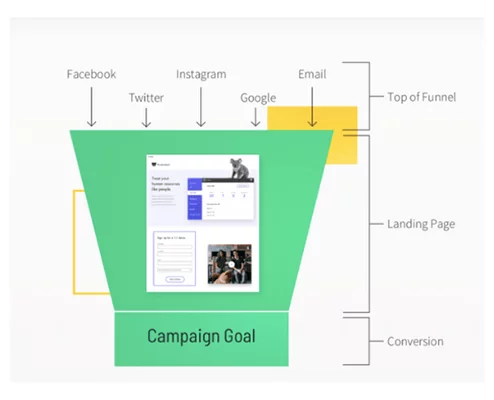
Before we delve into the specifics of landing page SEO, it’s crucial to understand why it’s vital for B2B marketing success. SEO ensures your landing pages are discoverable, which means they can:
- Attract organic traffic: Search engine optimization helps your landing pages rank higher on search engine results pages (SERPs). This visibility ensures a steady flow of organic, high-intent traffic to your page.
- Enhance credibility: High-ranking pages are often seen as more credible and trustworthy. This can be especially important in B2B, where trust and expertise are paramount.
- Outperform competitors: If your competitors are also implementing SEO strategies, staying ahead of the curve can give you a competitive edge.
1. Keyword Research:

Keyword research is the cornerstone of effective B2B SEO. It’s about identifying and targeting the specific keywords that potential customers are using when searching for B2B products or services. Here’s a more comprehensive breakdown:
- Tool Selection: To conduct successful keyword research, you have a range of tools at your disposal. Google Keyword Planner is a free tool that offers data on search volumes, competition, and keyword suggestions. For more advanced features, consider using paid tools like SEMrush and Ahrefs, which also provide insights into competitor analysis.
“LogiWare Systems,” a B2B logistics software company, employed a similar approach. They created a landing page targeting the keyword “efficient supply chain management software for e-commerce.” As a result, they saw substantial growth in organic traffic and a higher conversion rate from e-commerce businesses seeking optimized supply chain solutions.
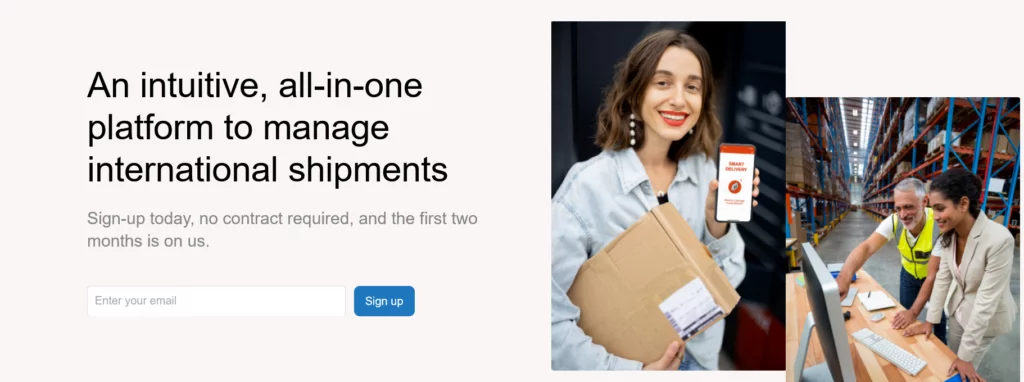
2. Understand Your Audience:
Creating buyer personas is an integral part of customizing your landing page content to the unique needs and interests of your potential clients. Here’s a deeper look at this process:
- Persona Development: Building detailed buyer personas requires the use of specialized tools, such as HubSpot’s Persona Generator. These personas are fictional representations of your ideal customers, and they encompass various details, including demographic information, goals, pain points, and behaviors.
To connect with potential customers like Sarah, FreshFood Co. creates a persona based on her profile, “Health-Conscious Professional Sarah.” They offer tailored meal plans, family packages, and flexible delivery schedules to address her specific needs. They also produce content on their website and social media that emphasizes the importance of maintaining a healthy diet despite a busy lifestyle. By speaking directly to Sarah’s concerns and aspirations, FreshFood Co. establishes a strong rapport with their target audience, making their meal delivery service a go-to solution for individuals and families seeking nutritious and convenient meal options.

3. Clear and Compelling Headline:
The headline on your landing page is often the first element that visitors notice, and it must immediately capture their attention. Here’s a more detailed look at crafting a compelling headline:
- Incorporate Keywords: To optimize your landing page for SEO, make sure that the headline includes the primary keyword related to your B2B offering. This keyword should be a central theme in the content.
- Value Proposition: The headline should clearly communicate the value of your product or service. What problem does it solve? What benefit does it provide? For instance, if your B2B business focuses on analytics software, your headline could highlight how it empowers data-driven decision-making and enhances business intelligence.
DataMasters Analytics knows the importance of keyword optimization for search engine visibility. They offer a cloud-based analytics software product, and one of their primary target keywords is “data analytics software.” Their landing page includes this keyword strategically in the headline and throughout the content. For instance, their headline might read, “Cutting-Edge Data Analytics Software for Informed Decision-Making.” By including their primary keyword in the headline and weaving it into the content, they enhance their chances of ranking higher in search engine results when potential clients search for data analytics solutions.
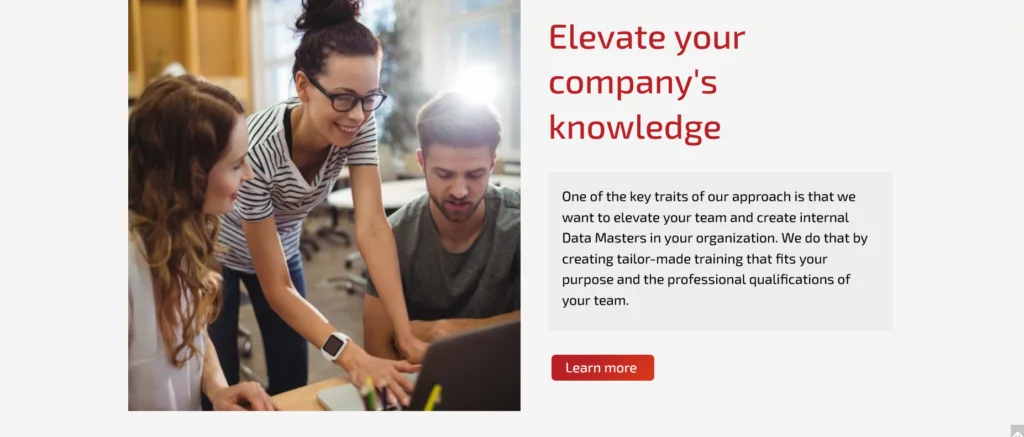
4. CTA (Call to Action):
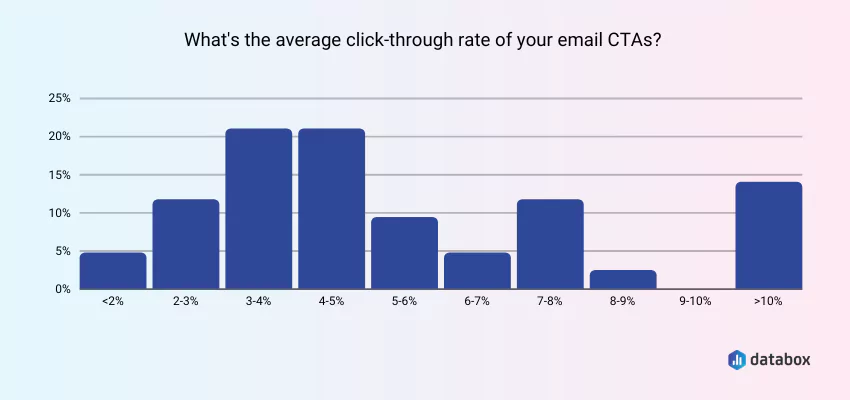
The Call to Action (CTA) is a pivotal element that guides visitors toward taking the desired action on your landing page. Here’s a more comprehensive view of this strategy:
- CTA Plugins: Employing CTA plugins like Thrive Leads or OptinMonster is a practical approach to creating visually appealing buttons and forms that motivate visitors to take action.
- Relevance: Your CTA must be highly pertinent to the content of the landing page. In other words, it should seamlessly align with the primary offer or message of the page. If your landing page promotes a whitepaper on B2B marketing strategies, the CTA might be designed to encourage users to “Download Your Free B2B Marketing Whitepaper.
MarketingPro Insights understands the importance of creating compelling and visually appealing calls to action (CTAs) on their landing pages. To achieve this, they employ CTA plugins like OptinMonster. These plugins allow them to design eye-catching buttons and forms that entice visitors to take specific actions, such as signing up for their newsletter or accessing a valuable resource.
For instance, their landing page promoting a whitepaper on B2B marketing strategies features a CTA button created with OptinMonster. The button is prominently displayed, using vibrant colors and persuasive language to capture the visitor’s attention. This approach encourages visitors to click and engage with their content.
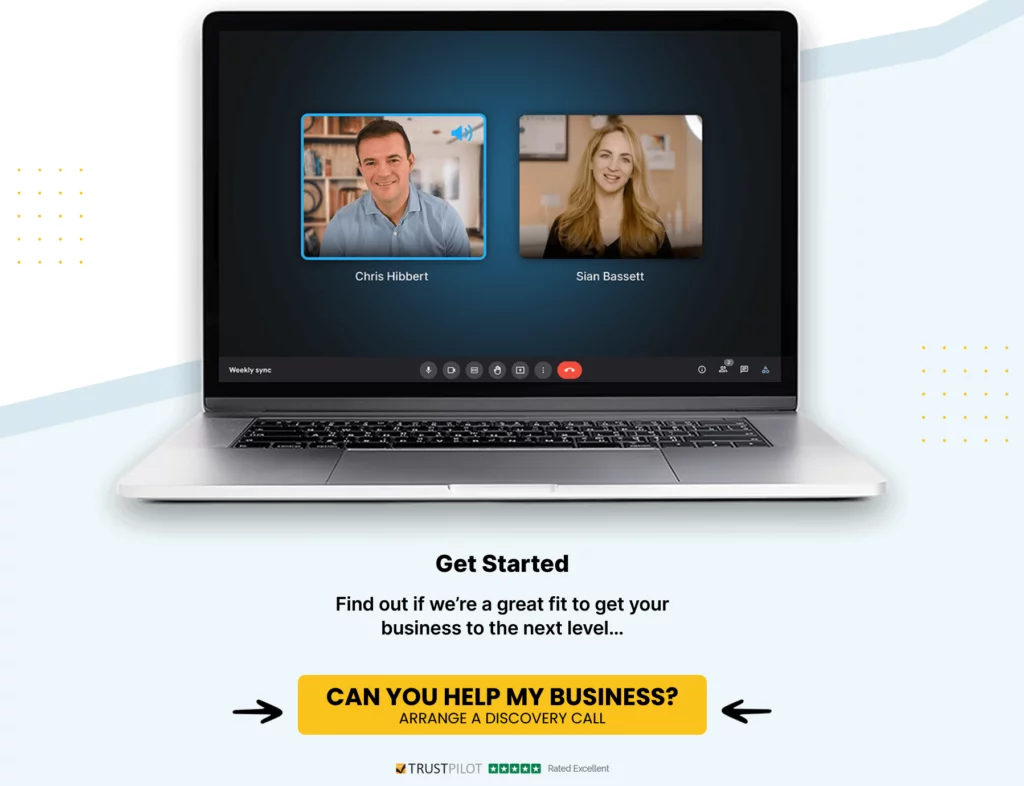
5. Optimize Meta Tags:
Optimizing your meta tags is crucial for on-page SEO. It involves customizing your meta titles and descriptions to improve click-through rates from search engine results pages (SERPs). Here’s how to do it:
- Plugin for WordPress: If your website is on WordPress, use a reputable SEO plugin like Yoast SEO to optimize meta tags. Yoast SEO offers a user-friendly interface that simplifies the process.
6. Mobile Optimization:
In the mobile era, ensuring your landing page is mobile-friendly is crucial for SEO and user experience. Here’s how to tackle mobile optimization:
- Mobile-Friendly WordPress Theme: If you’re using WordPress, choose a mobile-responsive theme. Many themes are designed to adapt to various screen sizes automatically.
- Tools for Mobile Optimization: Employ tools that enhance mobile optimization, such as Google’s Mobile-Friendly Test. This tool assesses your landing page’s mobile-friendliness and provides suggestions for improvement.
For example, a company like WooCommerce uses a mobile-responsive theme to ensure their online store adapts to various screen sizes, making it easy for customers to shop on mobile devices.
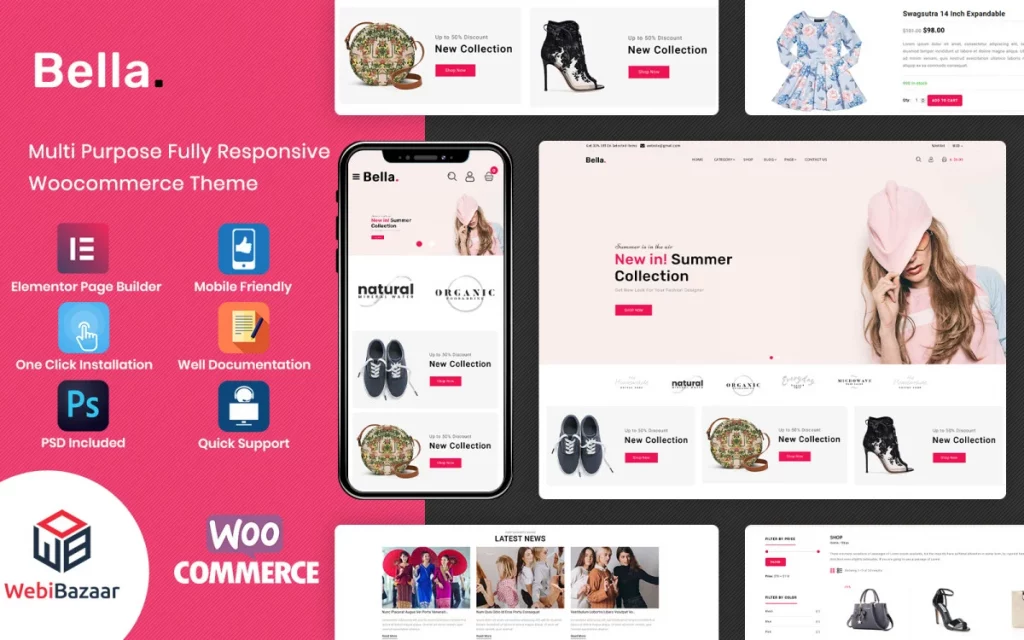
7. Site Speed:

Page loading speed significantly impacts user experience and search engine rankings. Here’s how to optimize your landing page for speed:
- Page Speed Tools: Utilize tools like Google PageSpeed Insights to evaluate your landing page’s load times. Google’s tool provides performance insights and suggestions for optimization.
- Optimization Techniques: Follow the recommendations provided by PageSpeed Insights, such as compressing images, minimizing server response times, leveraging browser caching, and reducing render-blocking resources.
A company like Shopify uses tools like Google PageSpeed Insights to evaluate their landing page’s load times. They strive to provide a fast and efficient e-commerce experience for their customers.
8. Internal Linking:
Effective internal linking improves user navigation and enhances SEO. Here’s how to implement it:
- Manual Linking: Manually add relevant internal links within your content. For example, if your landing page discusses your B2B software’s capabilities, link to case studies or articles that provide in-depth information on specific features.
- Navigation Improvement: Internal links help visitors explore related content on your website, encouraging them to stay longer and engage more with your brand.
Moz effectively implements manual internal linking in their blog posts and articles. They link to relevant content, such as guides and tools, to enhance user navigation and provide more comprehensive information to their readers
9. Testimonials and Trust Signals:
Building trust and credibility is essential in B2B marketing. Testimonials, case studies, and trust signals can help establish that trust. Here’s how to incorporate them:
- Plugin for WordPress: Use plugins like Strong Testimonials or WP Customer Reviews to easily showcase client testimonials on your landing page.
Mailchimp uses plugins like Yotpo to showcase client testimonials and reviews on their landing pages, building trust and credibility among potential customers.
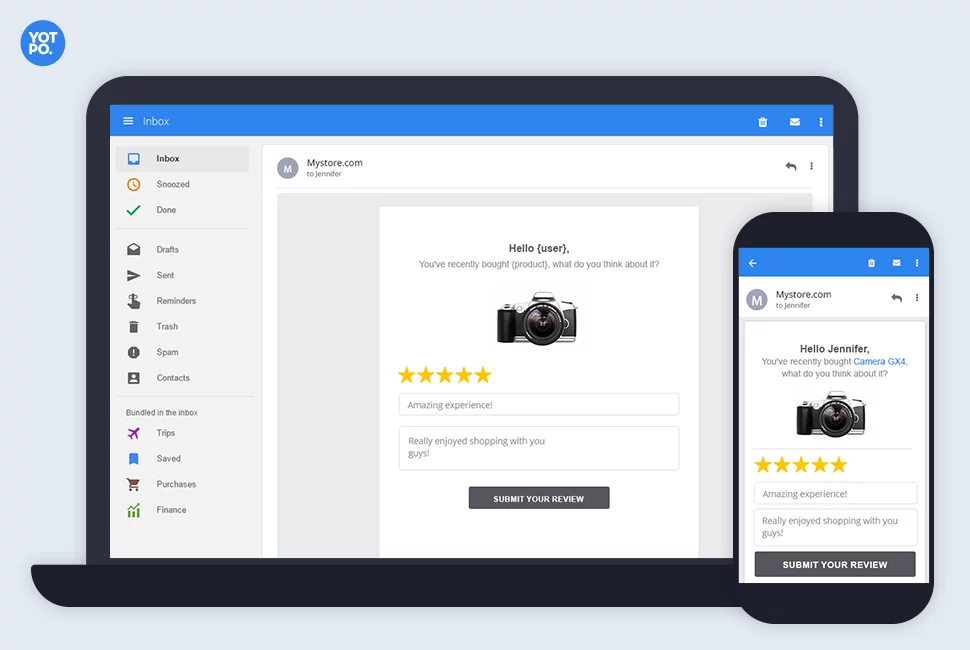
10. Schema Markup:
Schema markup is a powerful way to provide search engines with structured data about your content, making it more informative in search results. Here’s how to implement it:
- Schema Markup Tools: You can use schema markup generators like Schema.org to create structured data for your landing page. Additionally, Google provides its Structured Data Markup Helper to help you generate schema markup.
- Real-Life Example: If you run a B2B e-commerce website, you can add “Product” schema markup to your product pages, providing details like product name, price, and availability. This enhances your search engine listing’s appearance with rich snippets, improving click-through rates.
eBay effectively utilizes schema markup for their product listings, providing structured data about each product, including price, availability, and seller ratings. This enhances the visibility of their listings in search results with rich snippets.
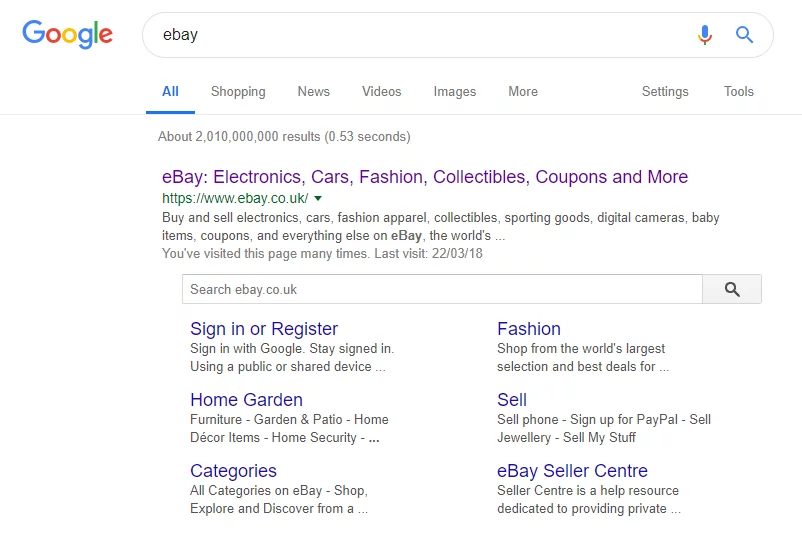
12. A/B Testing:
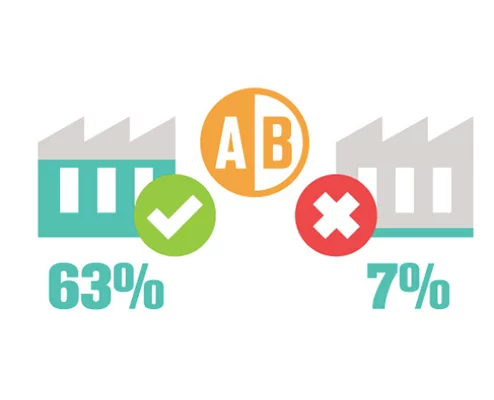
A/B testing allows you to experiment with variations of your page elements to determine what resonates best with your audience. Here’s how to get started:
- A/B Testing Tools: Consider using tools like Google Optimize to set up A/B tests for your landing page. You can test different variations of your CTA buttons, headlines, or page layout to improve conversion rates.
- Real-Life Example: If your B2B landing page has a CTA for a product demo, you can A/B test variations of the CTA text, such as “Request Demo” vs. “Get Started.” By analyzing user interactions and conversions, you can optimize your CTA for better results.
Netflix uses A/B testing tools to experiment with different variations of their landing page elements, such as call-to-action buttons, headlines, and thumbnails, to optimize user engagement and retention.
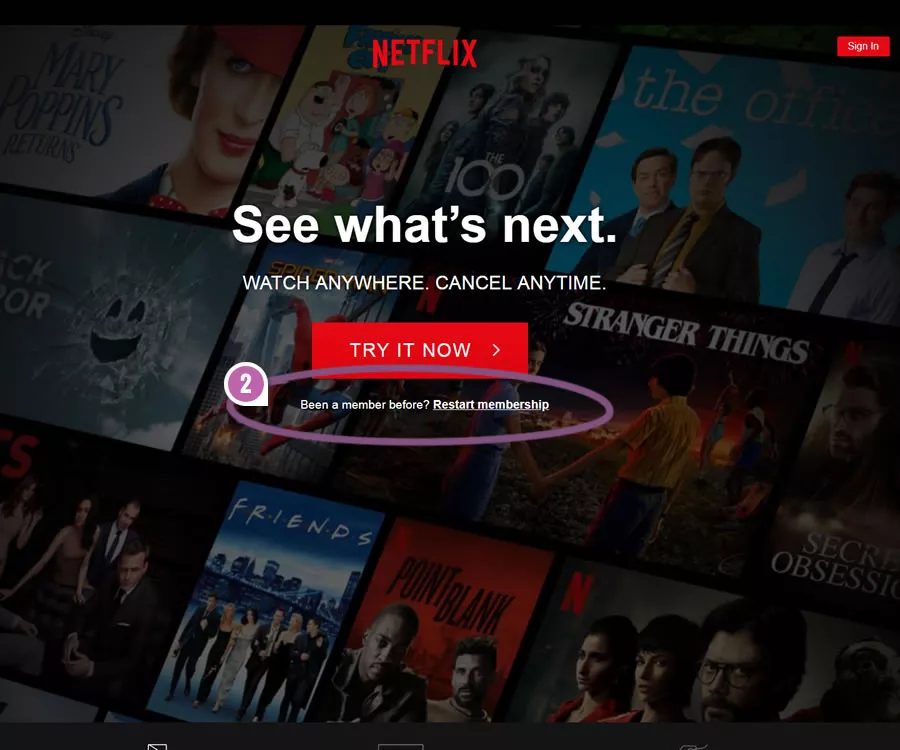
13. Analytics and Tracking:
Analytics tools help you understand user behavior and track essential data. Here’s how to use them:
- Analytics Tools: Implement Google Analytics on your landing page to monitor user behavior, track conversions, and gather valuable insights.
HubSpot implements Google Analytics to track user behavior, monitor conversions, and gather valuable insights about how visitors interact with their content and offerings.
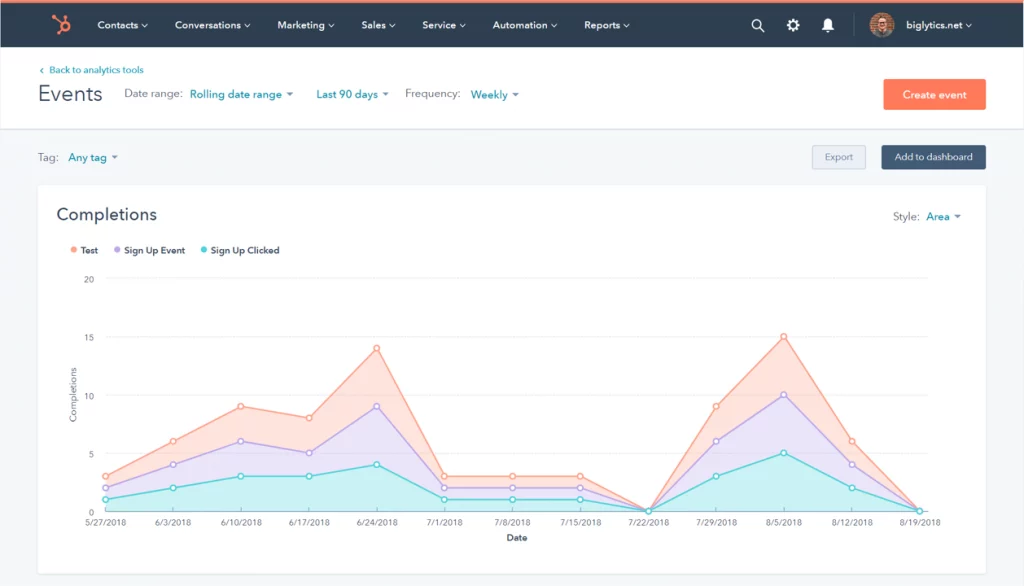
14. Local SEO (if applicable):
If your B2B business has a local presence, optimizing for local SEO is crucial. Here’s how to do it:
- Local SEO Plugins and Tools: Consider using local SEO plugins like Yoast SEO for WordPress, which includes local SEO features. Additionally, tools like Moz Local can help manage and optimize your local business listings.
A company like Home Depot uses local SEO tools to manage and optimize their local business listings, ensuring that their stores are easily discoverable by nearby customers.
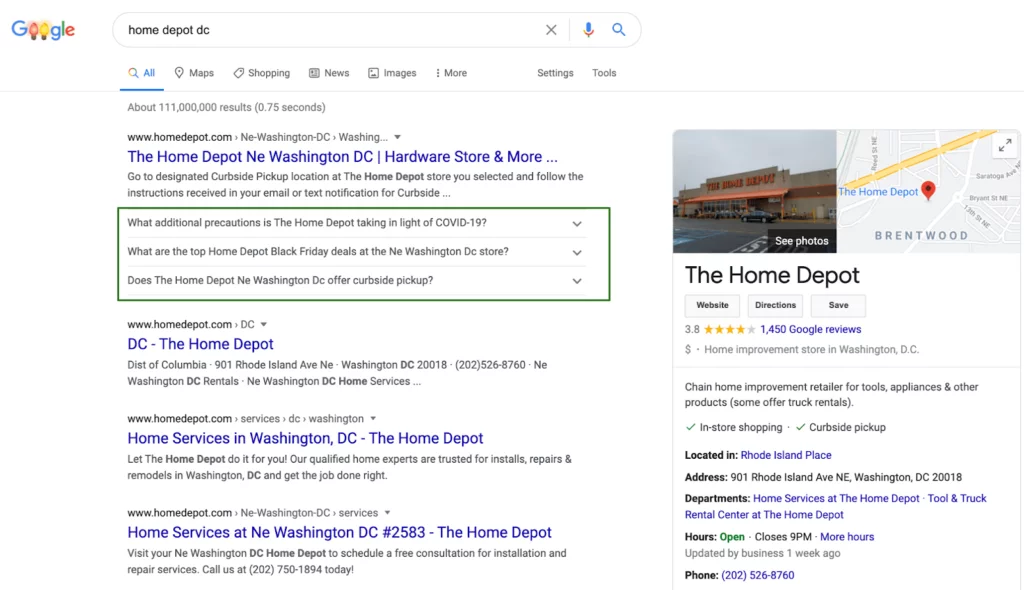
15. Social Sharing:
Facilitating social sharing can amplify your content’s reach. Here’s how to add social sharing functionality:
- Social Sharing Plugins: Use WordPress plugins like AddToAny or ShareThis to easily add social sharing buttons to your landing page.
By strategically implementing these social sharing plugins, EcoVogue Clothing empowers its customers and website visitors to become advocates for sustainable fashion. Not only does this strategy increase the reach of their eco-friendly products and educational content, but it also fosters a sense of community and engagement among individuals who share their values. It reinforces the brand’s commitment to sustainability and encourages others to join their mission for a more eco-conscious fashion industry.
Conclusion:
In the highly competitive world of B2B marketing, the value of SEO-optimized landing pages cannot be underestimated. As the digital gateway to your business, these pages serve as the initial point of contact for potential clients and partners. By skillfully harnessing SEO, you can not only enhance your online visibility but also significantly improve user experience, which is paramount in the B2B realm.
For B2B businesses, these pages are not just about attracting traffic; they’re about nurturing valuable relationships and instilling trust. The tactics and strategies presented here serve as a blueprint for crafting landing pages that are not only discoverable but also resonate with your audience, addressing their specific needs and concerns.
As the digital landscape continues to evolve, B2B marketers must adapt and refine their approach. SEO-optimized landing pages are a dynamic tool that allows businesses to stay ahead of the curve and establish a lasting online presence.
FAQs on SEO-Optimized Landing Pages:
Why are SEO-optimized landing pages important for B2B businesses?
SEO-optimized landing pages are crucial for B2B businesses because they help increase online visibility, attract potential clients, and drive conversions. In a digital world where B2B buyers conduct extensive online research, these pages serve as the initial touchpoints for building trust and credibility.
What role does content play in SEO-optimized landing pages?
Content is a critical component of SEO-optimized landing pages. High-quality, informative, and engaging content not only attracts visitors but also keeps them engaged. Content should be aligned with the target audience’s needs and the primary message of the page.
How often should I update my SEO-optimized landing pages?
Landing pages should be regularly updated to keep them current and relevant. It’s essential to refresh content, images, and information to ensure that your pages align with the latest industry trends and meet the needs of your audience.
What are the best practices for optimizing landing pages for mobile devices?
Mobile optimization best practices include using responsive design, optimizing images for mobile, ensuring fast page loading times, simplifying navigation, and creating a user-friendly mobile experience. It’s essential to test landing pages on various mobile devices to ensure compatibility.



